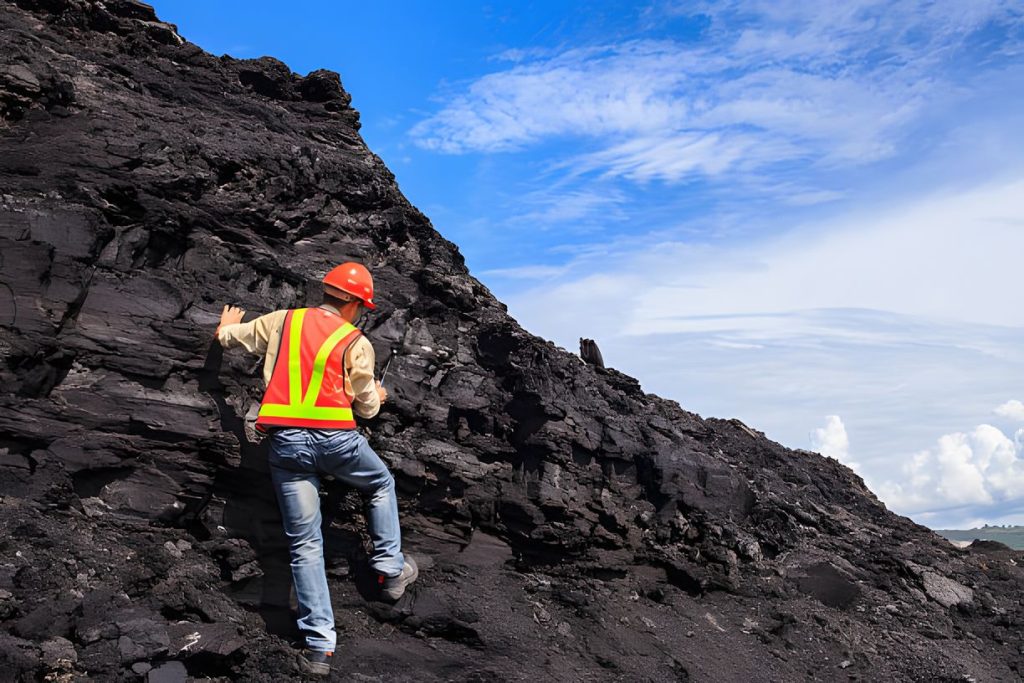Regulatory permitting from exploration to mine development is at the heart of any resource project

By Bruce W. Downing, M.Sc., P,Geo, FGC, FEC (hon)
Balancing technology, economy, environment, people and governance are key to achieving permitting goals. The issue of permits has become a major obstacle in the advancement of many resource projects. No permits lead to no investment which leads to negative economic impacts such as no jobs, no government revenues, no benefits for Indigenous groups and no value supply chain.
This can lead to a potential national economic security crisis. Other permit problems include delay(s) of permits that leads to investment flight to other countries. Redundant and overlapping regulations lead to inefficiency while redundant and overlapping government ministries/departments/bureaucrats lead to decreasing productivity, commonly known as the bureaucratic paralysis syndrome.
In addition, ongoing and redundant rhetoric leads to little positive being accomplished. The “precautionary principle” that is commonly used to evaluate impacts in the absence of certainty is sometimes used as a virtual veto and can create barriers to issuing permits. It is often referred to as the “nothing gets done” principle.
There have recently been several articles written about this permit problem that bring forth some concerns such as governments not really caring about the rate of return to stakeholders regarding the time delay of the issuing of permits; it is not their money.
Bureaucratic job security can become an issue (i.e. delaying a permit and/or continuously finding faults in proposals and/or adding more levels of additional work can be seen as a job security consequence).
Foreign and domestic environmental, community and Indigenous groups may try to delay permitting through legal challenges and injunctions with the goal to delay or stop resource development. If such challenges and injunctions are not successful, then both the project owners and investors will have the right to sue for the costs of delays.
Practical solutions seem to be scarce but some of the more robust proposals include eliminating redundant and overlapping regulations. Reduce overlapping regulatory governmental ministry/departments and initiate a one window permitting agency. This will lead to an increase in overall productivity and create a sustainable permit system.
Investors and project owners have the right to ascertain the potential conflict of interest within the various levels of government that will become involved in the permitting process including UNDRIP and DRIPA. This conflict can become a point of concern if the permit(s) are contested in court.
First Nations can/will issue permits after specific governmental timelines have passed for issuance of various permits. This will depend upon the terms/conditions of agreement(s) between the First Nation and Stakeholder and that the project is within the treaty territory of that First Nation.
Sustainable resource development of the materials essential to a green energy transition requires certainty of the issuance of permits to ensure continuous flow of project capital. Government(s) can be sued after 180 days if no permits are offered after specific governmental timelines have passed for issuance of various permits. Investment dollars have a right to be included as lost revenue to the investor which can often result in bankruptcy.
Timely issuing of permits will elevate the rate of return (i.e. revenues) to government(s). Permits received after prompt due process and according to agreed timelines will allow project capital to be preserved and revenues generated with consequent return to governments in employment, royalties and taxes.
Resource related revenues should be tied directly to community beneficial programs and relevant expenditures within government(s). If the government has no “skin in the game”, then its revenue source(s) become non-existent. No revenues lead to no budget available for high profile political projects and less funding for critical social programs to reduce income inequality. Thus, no perceived benefits to the voters.
Financing solutions seem to be scarce; however, some proposals are as follows: a new look at critical mineral mining – processing investment.
Several associations have mentioned that government(s) should provide money/loans/subsidies to First Nations to enhance resource development. For this to benefit the intended First Nation recipients, any government money, loans or subsidies will, of course, need to be closely linked with the requirement for timely issuance of permits.
Taxes and other money from mineral resource development contribute to government coffers in direct and indirect ways, all of which can be used to benefit society. Without resource revenue, government has less money to spend. If revenue coming from resource extraction is seen to benefit the nearest neighbor and/or provide direct social benefit social change, then the public will see mining as providing a benefit (value chain) and they will be more supportive of mineral resource development.
Timely issuing of permits allow investment which creates new mine development and benefits, elevating the return to government and to society as a whole, making both investing and mining more sustainable. The public have a right to sustainable economic development with care and concern for the environment.
